Many historians believe the celebration predates Christianity and, as with most holidays and festivals originating in the ancient past, there is some dispute about its origins. Like many seasonal celebrations and Catholic holidays, Carnival likely has its roots in pre-Christian traditions based on the seasons.
Some believe the festival represented the few days added to the lunar calendar to make it coincide with the solar calendar. Since those extra days were "outside the calendar", rules and customs were not obeyed, resulting in a lot of partying.
Others see it as a late-winter celebration designed to welcome the coming spring. As early as the middle of the second century, the Romans observed a fast of forty days, which was preceded by a brief season of feasting, costumes and merrymaking.
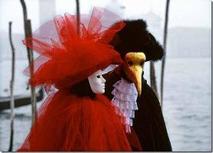
The festival of Fat Tuesday traces its roots back to the Roman festival of Saturnalia, a celebration held in mid-December to honor the god Saturn. It is also described as a Winter Solstice ritual which compresses the Consualia (for Consus, God of the Storage Bin), the Saturnalia (for Saturn, God of Sowing), and the Opalia (for Ops, Goddess of Plenty) into a single festival, Brumalia.
Either way, because Saturnalia was celebrated first with sacrifices to the gods followed by a public banquet, gift giving, role reversals, and continual partying in an atmosphere that overturned Roman social norms, it’s associated both with Christmas and with Shrove Tuesday.
One author claims, "As often happened with such festivals, Catholics found a way to work the festival into their own liturgical year" just as Pope Gelasius I converted the festival of Lupercalia into a feast day honoring Saint Valentine (although there were three, and no one know which the Pope was referring to).
SHROVE TUESDAY
Somewhere, somehow, these pagan festivals were absorbed and combined with Christian beliefs. According to early Christian ritual, during the week immediately before Lent, Christians would meditate and consider the sins or wrongs they needed to acknowledge and changes they had to make in their lives to enhance spiritual growth. To prepare for Ash Wednesday, Christians were expected to go to their confessor and confess their sins. Shrove Tuesday, a reference to "shriving" or confession, is meant to prepare Christians for the fast ahead which lasts for forty days.
Some communities use Shrove Tuesday to burn palm fronds from the previous year's Palm Sunday to create the ashes that are used on Ash Wednesday. Ash Wednesday is the first day of the season of penitence and fasting that leads to Good Friday and Easter.
FAT TUESDAY (a.k.a Martidi Grasso, Mardi Gras, Pancake Day, Paczki Day)
The Tuesday before Lent is the last day to “indulge.” Not only was it a last chance to indulge in the “passions of the flesh,” but the last opportunity to consume any fat, milk, eggs, and meat which had been put up for winter that might not stay fresh enough for consumption until spring brought the end of Lent and Easter.
Thrifty housewives would use up all the fats in the house in the cooking of the festive meal on Tuesday (since they could not use them for forty days).
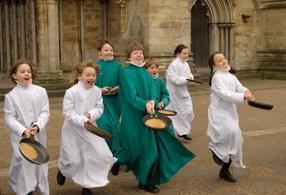
In England, Fat Tuesday is also called Pancake Tuesday. The pancake bit comes from the fact that in order to find it easier to abstain, one should use up all the flour, milk, sugar and eggs on Shrove Tuesday, which is a different slant than not wasting food.
While a lot of things can be made from those basic ingredients, long ago the Brits decided pancakes were the thing to make to get rid of these foods.
CARNIVAL (Carnivale, Carnevale)
The word carnival (Italian: carnevale) possibly comes from the Latin carnem levare or carnelevarium, which means to take away or remove meat. A more probable etymology for the word carnevale may be derived from the Latin carne + vale, meaning "farewell to meat". Developed around the Roman Catholic festival of Lent (Quaresima - derived from the Latin term Quadragesima, or "the forty days"), carnival was associated with the pre-Lenten festivals.
THE CARNIVAL OF VENICE
The Carnival of Venice is an annual festival (the Italian Mardi Gras), held in Venice, Italy, which dates back to 1068. It starts 58 days (one source says 40 days) before Easter and ends on Fat Tuesday (Martedí Grasso). It is said, "A carnevale, ogni scherzo vale!" In other words, "At carnival, every joke goes!"
By the eighteenth century the wearing of masks by Venetians continued for six months of the year as the original religious association and significance with carnival diminished. On October 17th, 1797 (26 Vendémiaire, Year VI of the French Republic) Venice became part of the Austrian-held Kingdom of Lombardy-Venetia when Napoleon signed the Treaty of Campo Formio. The Austrians took control of the city on January 18, 1798 and it fell into a decline which also effectively brought carnival celebrations to a halt for many years.
After a long absence, including being banned by Mussolini, the Italian government in 1979 decided to bring back the history and culture of Venice, and sought to use the traditional Carnival as the centerpiece of their efforts. Today, approximately 3,000,000 visitors come to Venice each day for Carnival. One of the most important events is the contest for the best mask, placed at the last weekend of the Carnival. A jury of international costume and fashion designers votes for "La Maschera piu bella" (the most beautiful mask).
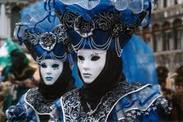
Venice (and many Italian cities) in the Middle Ages and Renaissance had a long tradition of mask-wearing among the nobility while engaging in activities of a questionable nature -- gambling, drinking, not to mention romantic and sexual rendezvous. Their activities were so outrageous that laws were passed to restrict the wearing of masks to certain times of year. One of those times was Carnival.
Masks were also worn by the lower classes to allow them to mix unfettered with the aristocrats in such situations. The mask, after all, was a great equalizer in a social setting. This was especially common in Carnival, with its traditions of role reversal and celebration of the fool. Some of those typical costumes include the following:
Moretta is a traditional mask, worn only by women (only by patrician women in the 18th century), a black oval mask that is held in place not with a band or string, but by a button on the inside of the mask that is held clenched between the teeth of the wearer.
Bauta is the whole face, with a stubborn chin line, no mouth, and lots of "gilding". One may find masks sold as Bautas that cover only the upper part of the face from the forehead to the nose and upper cheeks, thereby concealing identity but enabling the wearer to talk and eat or drink easily. It tends to be the main type of mask worn during the Carnival.
It was thus useful for a variety of purposes, some of them illicit or criminal, others just personal, such as romantic encounters. In 18th century, the Bauta had become a standardized society mask and disguise regulated by the Venetian government. It was obligatory to wear it at certain political decision-making events when all citizens were required to act anonymously. Only citizens had the right to use the Bauta. Its role was similar to the processes invented to guarantee general, direct, free, equal and secret ballots in modern democracies.
Today the masks are even more elaborate, colorful, and creative than ever.. Even the holiday Halloween, which had never been celebrated in Italy with costumes, has achieved great popularity because of the costumes and masks.
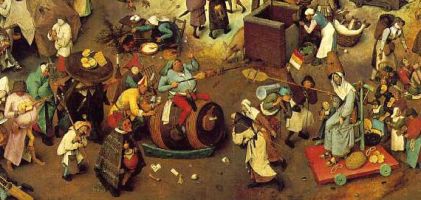

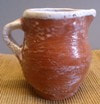


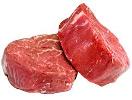
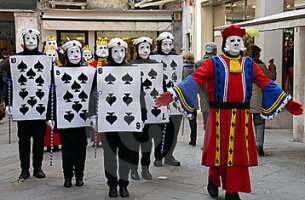
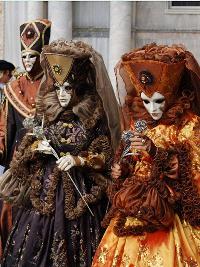

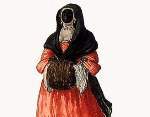
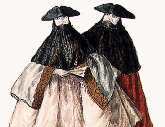
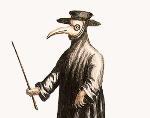
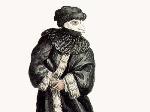

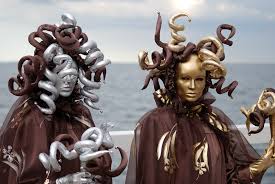
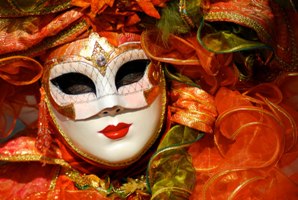
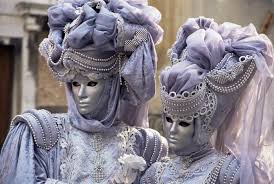


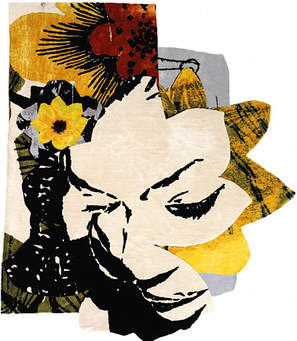
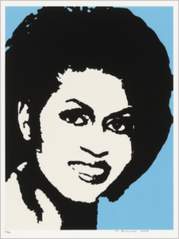
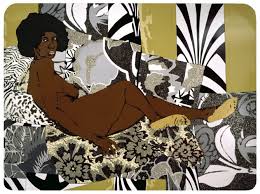
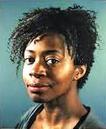
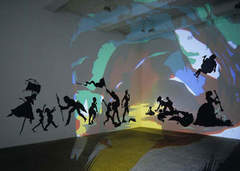
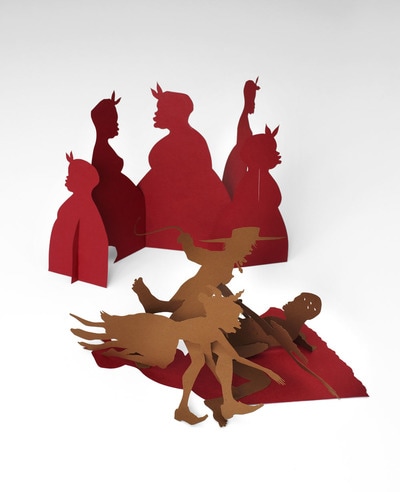
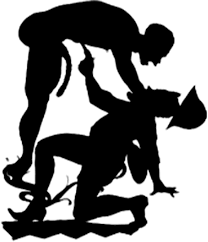
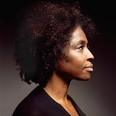
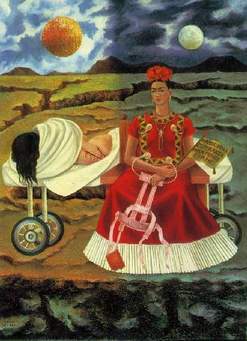
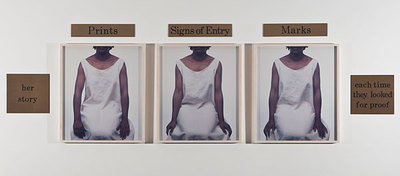
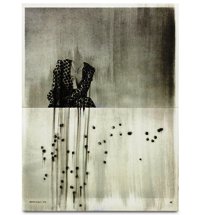
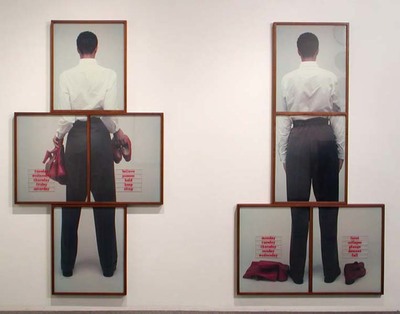
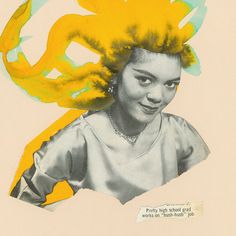

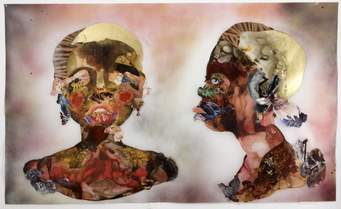
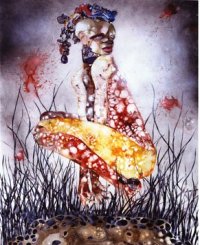
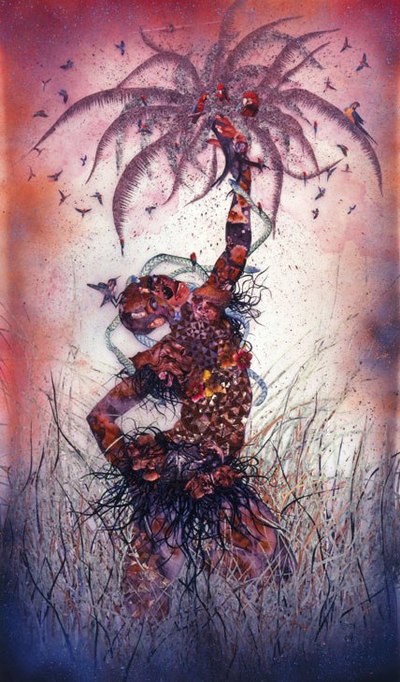



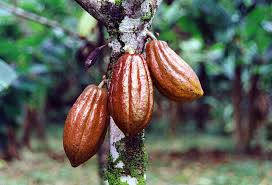
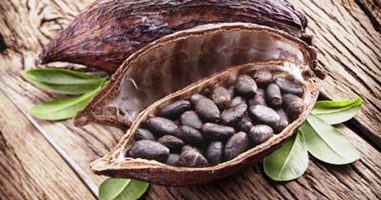
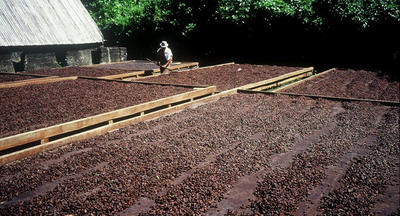

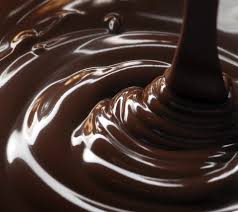

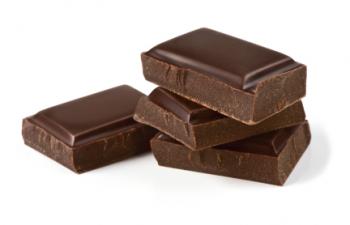

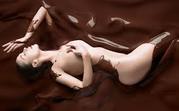
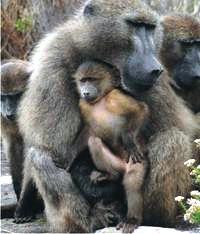





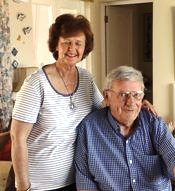
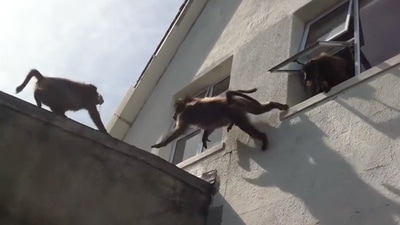
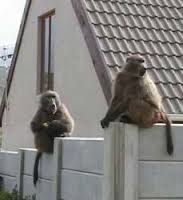

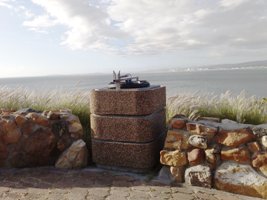

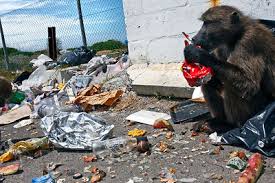
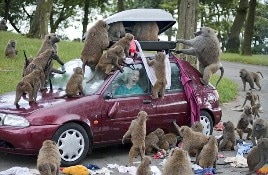
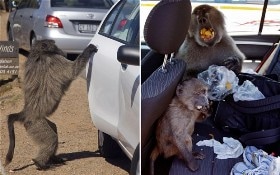
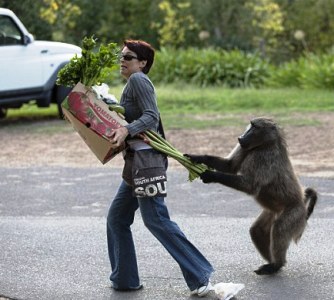
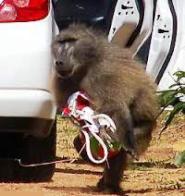
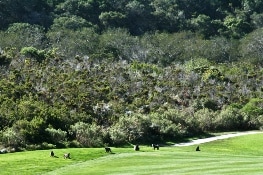
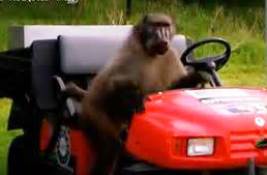
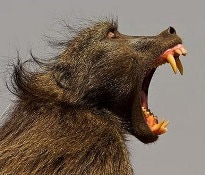
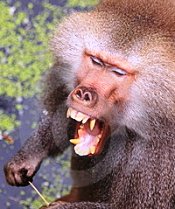

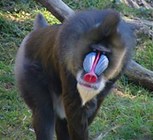


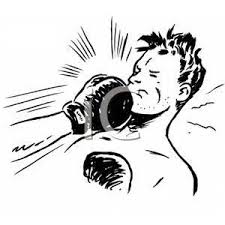


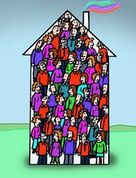


 RSS Feed
RSS Feed